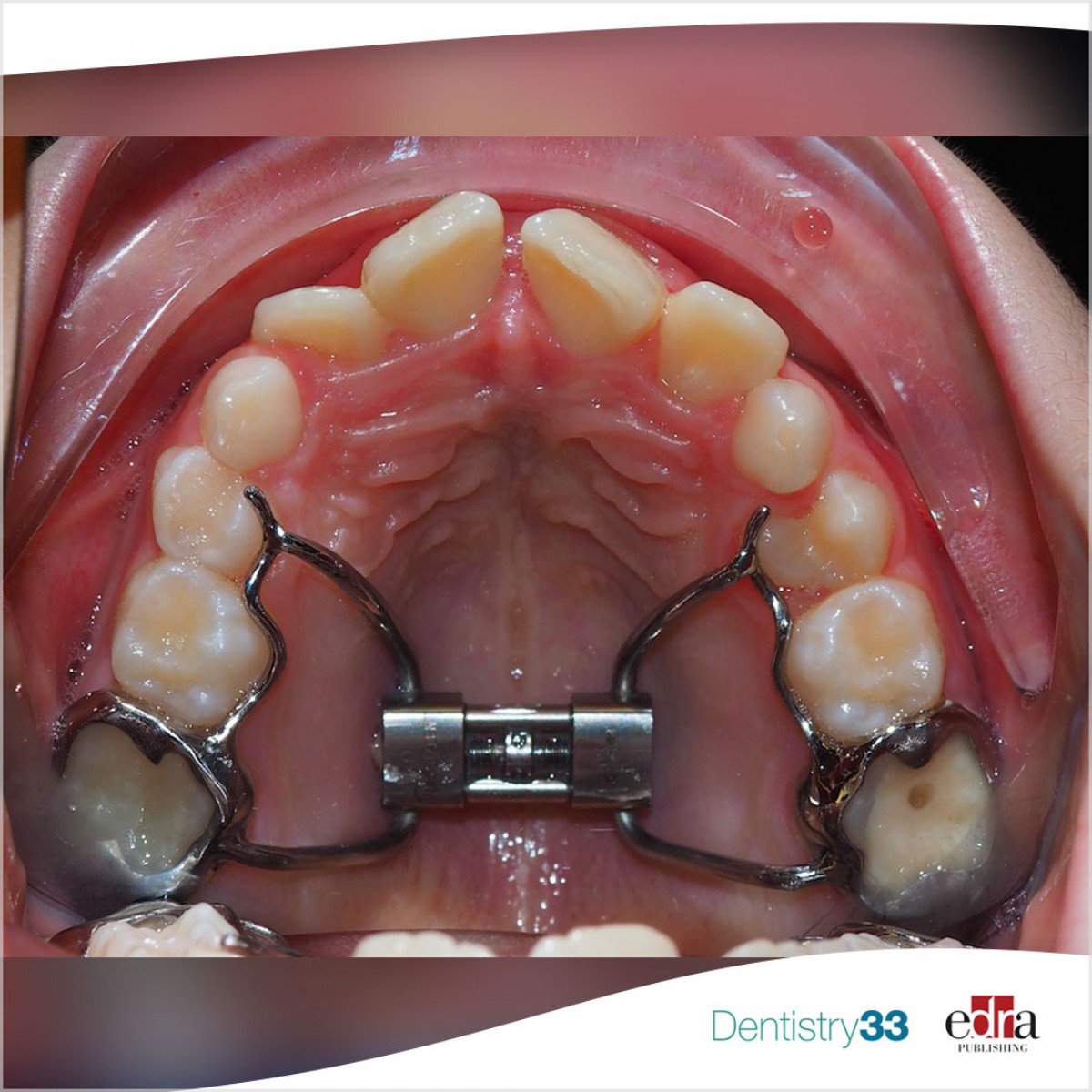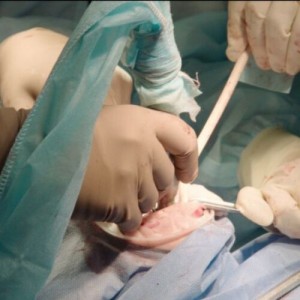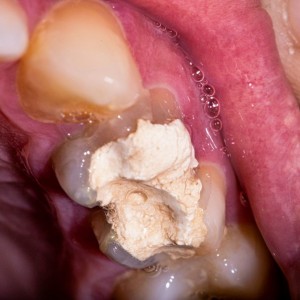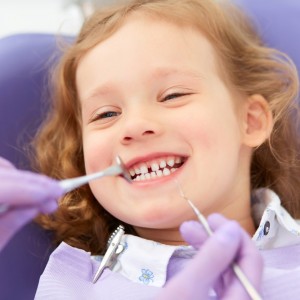
Does rapid maxillary expansion improve nasal airway obstruction?
Davide Elsido
Rapid maxillary expansion (RME) expands the maxillary dentition laterally and improves nasal airway obstruction. However, the incidence of nasal airway obstruction improvement after RME is approximately 60 percent. This study, published online in May 2023 in the American Journal of Orthodontics and Dentofacial Orthopedics, aimed to clarify the beneficial effects of RME on nasal airway obstruction in specific pathologic nasal airway diseases (nasal mucosa hypertrophy and obstructive adenoids) using computer fluid dynamics.
Sixty subjects (21 boys; mean age 9.1 years) were divided into three groups according to their nasal airway condition (control, nasal mucosa hypertrophy, and obstructive adenoids), and those requiring RME had cone-beam computed tomography images taken before and after RME. These data were used to evaluate the nasal airway ventilation condition (pressure) using computer fluid dynamics and measure the cross-sectional area of the nasal airway.
The cross-sectional area of the nasal airway significantly increased after RME in all 3 groups. The pressures in the control and nasal mucosa groups significantly reduced after RME but did not change significantly in the adenoid group. The incidence of improvement in nasal airway obstruction in the control, nasal mucosa, and adenoid groups was 90.0%, 31.6%, and 23.1%, respectively.
The incidence of improvement in nasal airway obstruction after RME depends on the nasal airway condition (nasal mucosa hypertrophy and obstructive adenoids). In patients with nonpathological nasal airway conditions, the obstruction may be sufficiently improved with RME. Furthermore, to some extent, RME may be effective in treating nasal mucosa hypertrophy. However, because of obstructive adenoids, RME was ineffective in patients with nasal airway obstruction.
Highlights
- In normal children, nasal airway obstruction improves after rapid maxillary expansion (RME).
- In nasal mucosa hypertrophy children, RME improves nasal airway obstruction to some extent.
- RME is not effective in addressing obstruction among children with adenoids.
For more information: "Does rapid maxillary expansion improve nasal airway obstruction? A computer fluid dynamics study in patients with nasal mucosa hypertrophy and obstructive adenoids."
 Related articles
Related articles
Pediatric dentistry 09 October 2025
Smart materials in pediatric dentistry: Revolutionizing care for enhanced outcomes
In the realm of pediatric dentistry, smart materials are reshaping conventional approaches, introducing a responsive and tailored dimension to treatment.
Pediatric dentistry 24 September 2025
The objective of this study was to survey members of the American Academy of Pediatric Dentistry (AAPD) regarding their use of behavior management techniques.
Pediatric dentistry 08 August 2025
Management of pigmented gingiva in child patient: a new era to the pediatric dentistry
Gingival health in the form of size, shape, consistency and appearance are essential components responsible for an attractive smile as well as may cause unpleasant appearance
Pediatric dentistry 17 July 2025
Pediatric restorative dentistry is a dynamic combination of ever-improving materials and tried-and-true techniques.
 Read more
Read more
Editorials 10 October 2025
With proud smiles and crisp white coats, ninety-three learners from the DDS Class of 2029 and the International Dentist Pathway Class of 2028 marked the start of their dental careers at the UCSF...
Periodontology 10 October 2025
Continuous professional development (CPD) in Periodontology refers to the overall framework of opportunities that facilitate a life-long learning practice, driven by the learner-practitioner and...
TheraBreath, the #1 alcohol-free mouthwash brand in the U.S.*, has introduced a new line of dentist-formulated, clinically tested toothpastes designed to support professional oral care...
News 10 October 2025
New officers and trustees were installed at the Minnesota Dental Association’s Leadership Conference on September 19 in Minneapolis.
News 10 October 2025
Smartee Denti-Technology today announced that Professor Gang Shen, its Chief Scientist and Executive President of TaiKang ByBo Dental, has once again been named to the World’s Top 2% Scientists...















